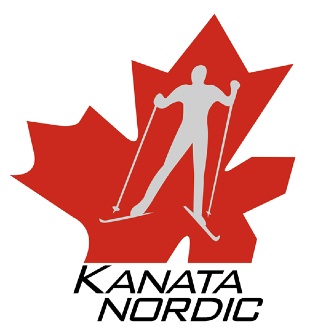Forerunners (March 19)
As described earlier the forerunners ski the courses before each event to insure trails are “skied in” before each event. We also close the course 10 minutes before the event, and ski sections during a race if there is heavy snow falling, for example.
In the past few days it has been quite warm during the day and well below zero overnight. With the first event at 10:00 the course is typically hard and very abrasive when we arrive. For the Sit-ski course we cannot use wax or klister and must ski in the tracks; the only choice, therefore, is haries or double poling. When the track is hard haries do not work and double poling may be the only resort. Of course, this is a good reminder of the challenges for the sit-skiers who must double pole everything.
The second event of the day usually begins around noon. By this time the course in the sun is soft and parts in the shade are still hard, which makes for more waxing challenges.
Each forerunner applied for the position prior to July of 2009. Selection criteria included the ability to ski near the rate of the athletes, and the commitment to use the experience to promote the paranordic sport. Approximately 20 applicants were selected from a wide variety of backgrounds and locations. All the forerunners are avid and relatively accomplished skier and most have made many other contributions to the sport. A cross section of some of the forerunners includes:
- The furthest traveled forerunner is from Newfoundland, there are four from Southern Ontario, myself from Eastern Ontario, four from Thunder Bay, and the remainder are from Alberta and British Columbia. One of the TB skiers is studying in the UK and traveled to Whistler just to attend the Paralympics.
- Two forerunners are students, several are relatively recent graduates.
- We have a forerunner with a paralyzed arm, a visually impaired skier; and a guide skier.
- Approximately half are masters skiers and continue to race.
- Many of the half that are not masters have, and/or continue to race at a relatively high level.
- Approximately a third of us are involved in coaching; most are involved with skiing in some other capacity such as officials, organizers etc.
- It appears that most forerunners have professional backgrounds
- There are a few more female forerunners than males; and
- Most importantly, like most Nordic skiers, the forerunners are just great people who love skiing and enjoy being outdoors.
